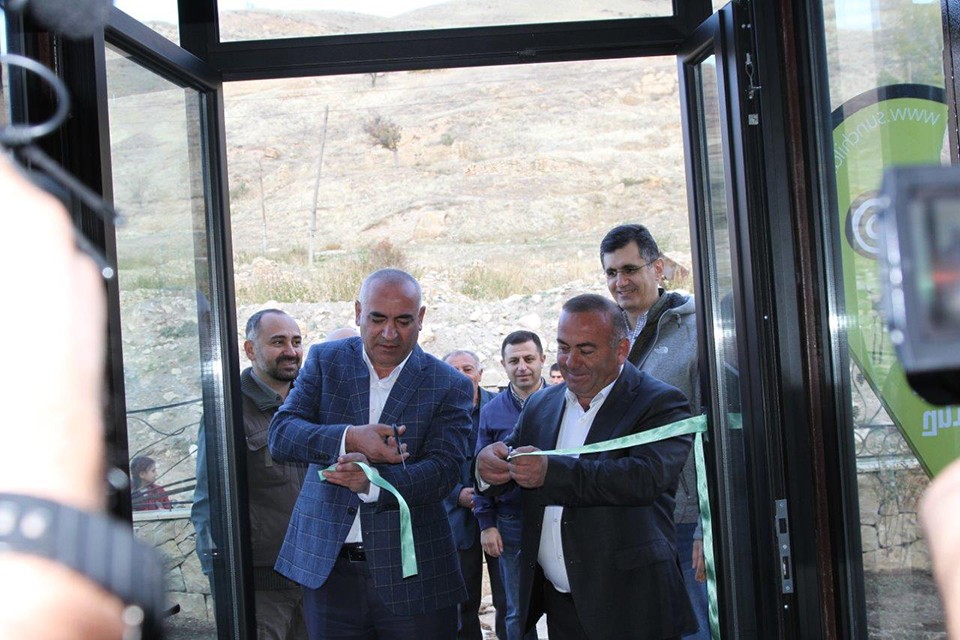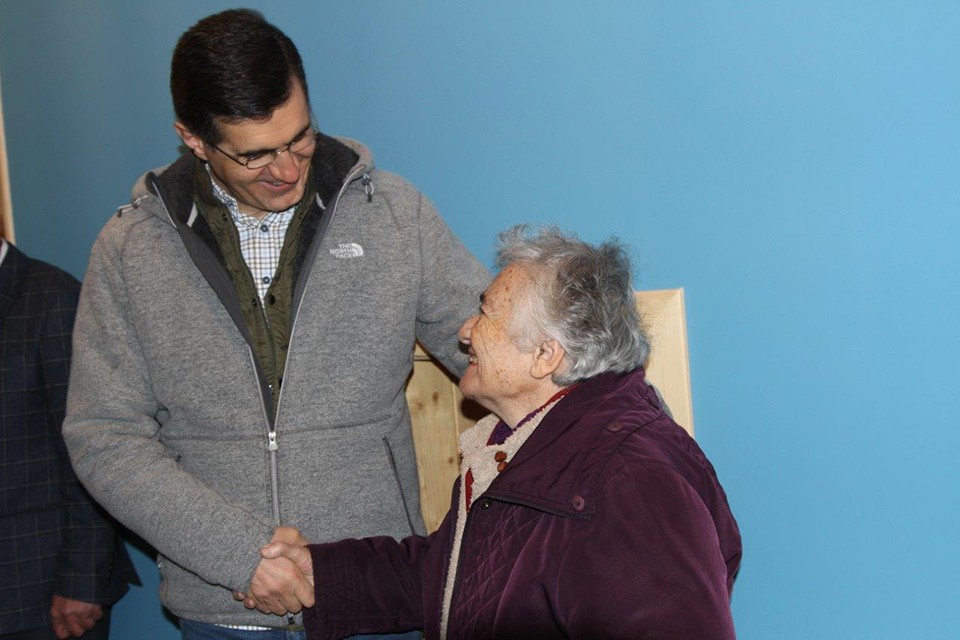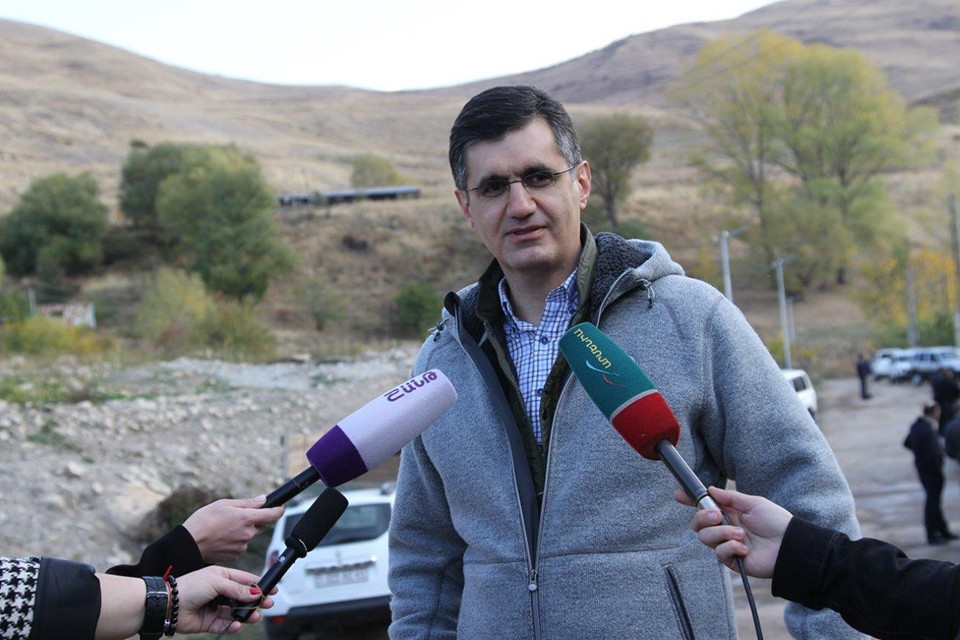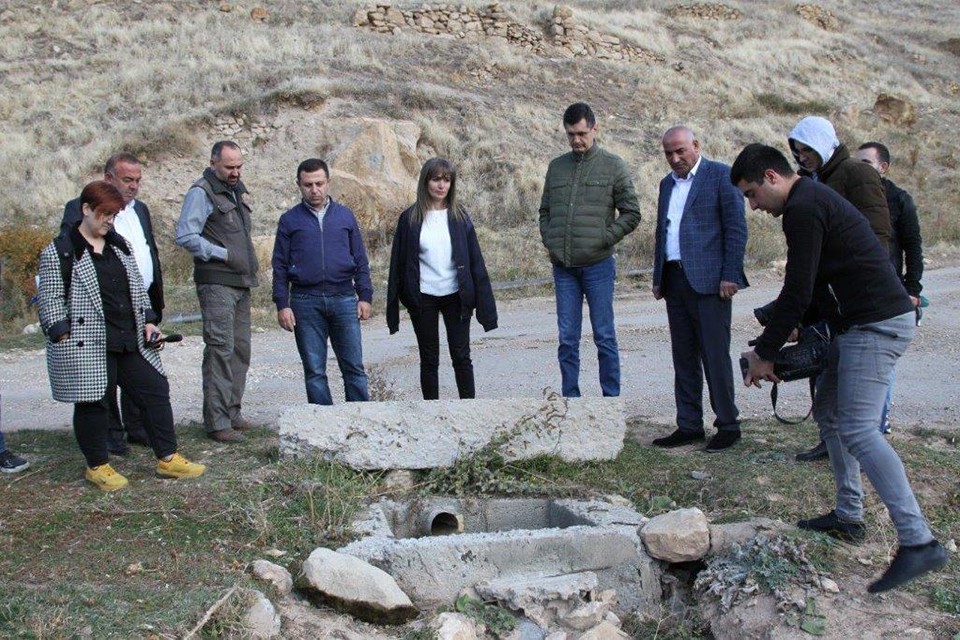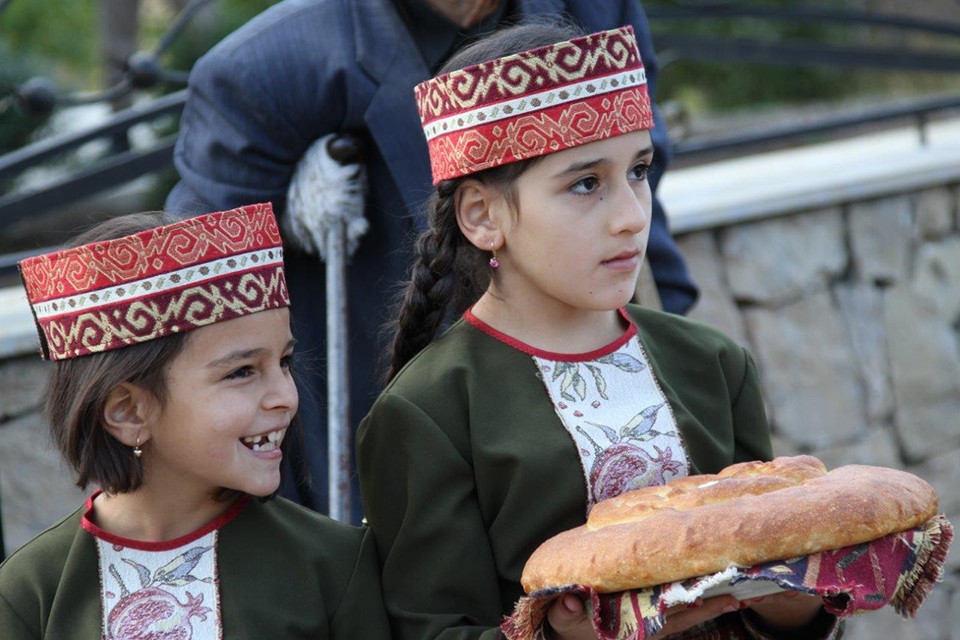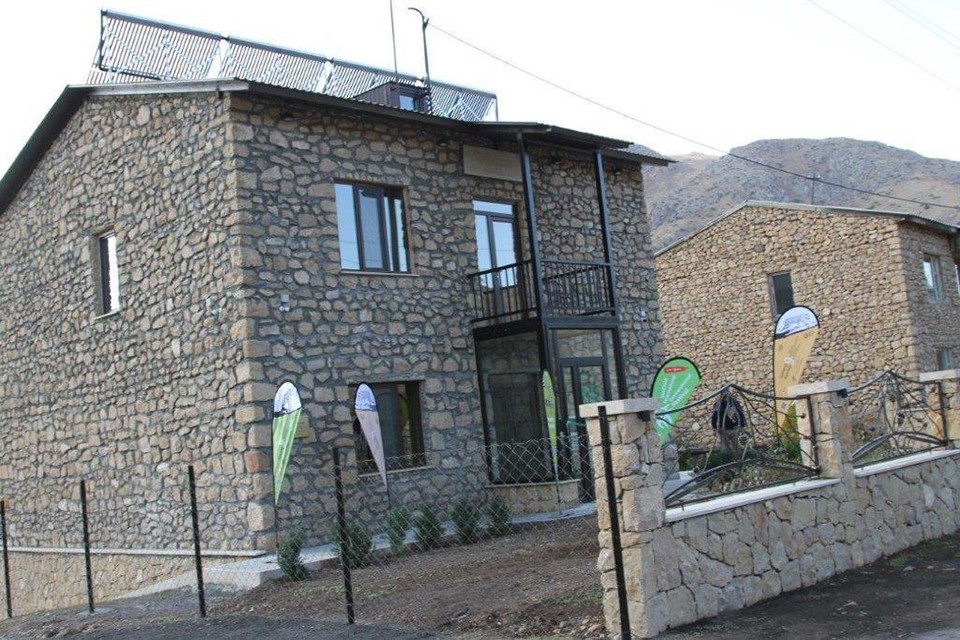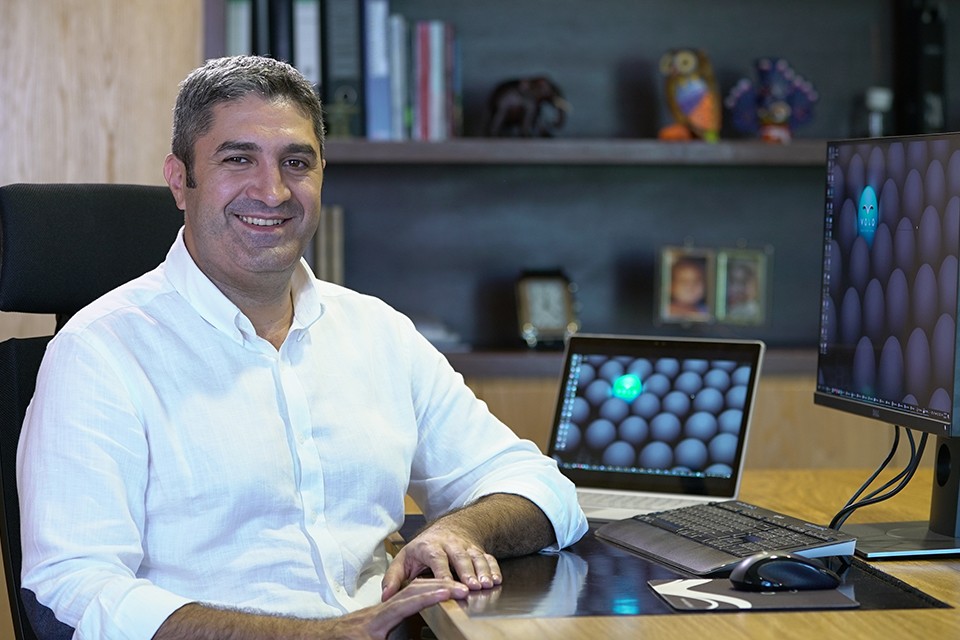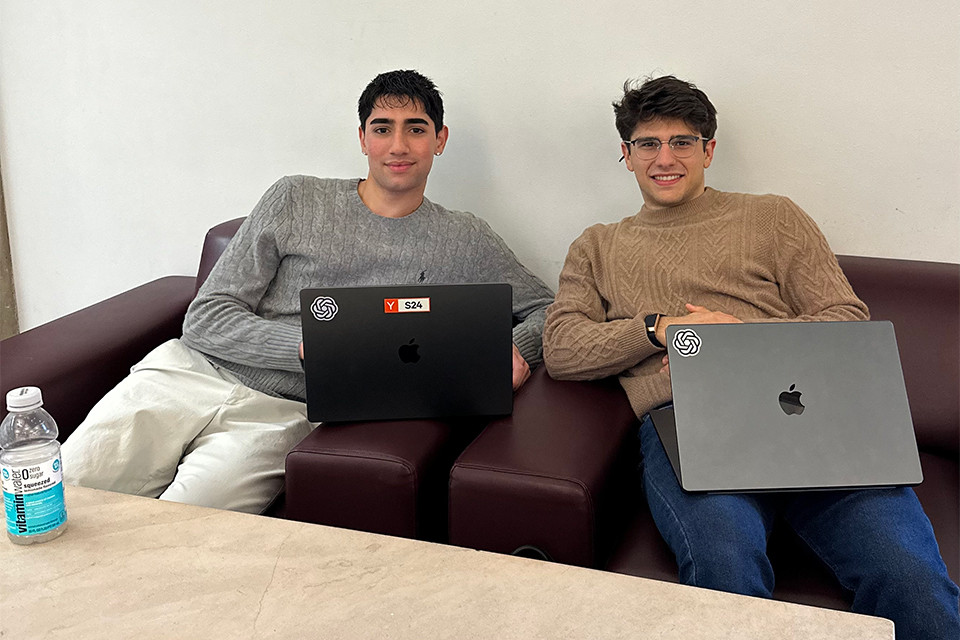17:36 | 30.10.19 | News | 11229
Gnishik village installs irrigation system with support of VivaCell-MTS
VivaCell-MTS and the Foundation for the Preservation of Wildlife and Cultural Assets (FPWC) solved the problem of irrigation water in borderland Gnishik as part of a program implemented in two years within the framework of the “Eco Village Network” project.
An efficient irrigation system has been built from the scratch in the period from 2018 to 2019 to ensure the irrigation water reaches the villagers without any leakages. The water is supplied to every home or garden via the village piping system, which starts at the entrance to the village. The new internal piping allows also regulating the water flow and using it as needed and prioritized, by regulating it using separation junctions and individual valves.
In 2019, a new 500-meter-long pipeline was built at the bottom of the mountain to Gnishik to increase the water amount flowing to the village. The water flowing from the source to the settlement is connected to the internal irrigation network. As a result, the land lots in the lower part of the settlement can be irrigated round-the-clock, and the former water source will be used for irrigating the upland areas of the community.
Overall, as a result of two years’ work, a 1 500m long pipeline, 3 separation junctions and 25 individual connection points have been constructed.
“Those willing to help villagers first of all have to give them opportunities to live and to work on the soil. This is especially so for the villagers living in borderland communities. We clearly understand this and also that all these things require investments, and equally, patience, proper planning, devotion and efforts. Years ago, this community lacked infrastructure and any of the simplest conditions of life. I am glad to say that in the framework of this partnership we have solved major issues. Our achievements are a matter of years of work aimed at creating more comfortable conditions of life in yet another borderland village. I want to believe that this wish is totally feasible,” VivaCell-MTS General Manager Ralph Yirikian said.
The residents of Mozrov village also feel the effectiveness of the implementation of the two-year program. For many years, the Mozrov irrigation pipeline has also served to irrigate the orchards of the Gnishik community, creating a problem in the neighboring settlement. The problem is settled now. There is enough water for gardening in Gnishik. The amount of water consumed by the Mozrov irrigation pipeline has been reduced by about 70%. Another project is being implemented by the partner organizations to improve the Mozrov water supply system. The works are in progress. They are expected to be completed by the end of the year.
At the meantime, the opening ceremony of the Gnishik Visitor Center took place, too, which is constructed by the Foundation for the Preservation of Wildlife and Cultural Assets (FPWC), with the support of VivaCell-MTS, World Land Trust and FPWC Board Member Haig Balian. The Center will play an important role in the development of the community, eco-tourism activation, biodiversity conservation and scientific work.
The Visitor Center will also include a library named after Armenian botanist-biologist, Doctor of Biological Sciences, Professor Eleonora Gabrielyan, whose main focus will be on the flora and related studies. As the community is rich in biodiversity, one of the main goals of the Center will be promoting the study and conservation of the unique species of the Armenian nature in this area, involving the specialists and foreign students, too.
VivaCell-MTS and FPWC have been implementing joint projects in Gnishik since 2015. Over the past five years, thanks to the joint efforts of the partners, a lot of problems were solved: street lighting system using LED lamps was implemented, drinking and irrigation water systems were built, and the village was supplied with the needed agricultural equipment and machinery.

17:29 | 24.09.25 | Articles
Jacopo Losso on Cross-Border Investments and Why Armenia Attracts Angels

